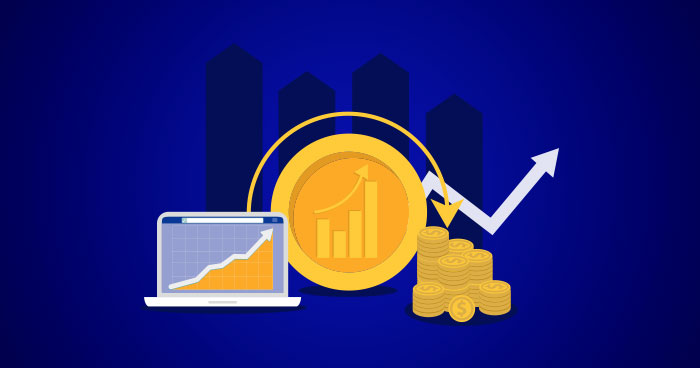Businesses are shifting their revenue generation methods. Instead of relying solely on one-time purchases, companies across industries embrace the subscription economy, where customers pay a recurring fee for ongoing access to products or services. From streaming platforms like Netflix to software providers like Adobe and even traditional industries like automotive and healthcare, subscription-based models are becoming the new standard. But what’s driving this shift, and why are businesses so eager to adopt it?
What Is the Subscription Economy?
The subscription economy refers to the growing trend of businesses offering products and services through a recurring payment model. Instead of customers making a single transaction, they subscribe to continuous access, often monthly or annually. This model is now standard across various sectors, including:
Entertainment – Netflix, Spotify, and Disney+ provide unlimited access to content for a monthly fee.
Software: Adobe and Microsoft have switched from one-time software sales to SaaS (Software as a Service) models.
E-commerce – Subscription boxes like Birchbox and HelloFresh deliver curated products regularly.
Automotive – Companies like Tesla and BMW offer subscription-based access to car features.
Healthcare – Telehealth and wellness companies provide ongoing medical consultations and fitness programs.
Why Are Businesses Embracing Subscription Models?
Businesses are shifting to the subscription economy for several key reasons:
1. Predictable and Recurring Revenue
One of the most significant advantages of subscriptions is financial stability. Instead of relying on inconsistent one-time sales, businesses can predict their income based on the number of active subscribers. This steady cash flow improves financial planning, helps with long-term investments, and reduces market volatility risks.
2. Stronger Customer Relationships and Retention
Subscriptions create an ongoing relationship between businesses and customers. Instead of a single transaction, companies have multiple touchpoints to engage users, offer personalized experiences, and build brand loyalty. The more extended customers stay subscribed, the more value they bring to the company.
3. Lower Customer Acquisition Costs
Acquiring new customers is expensive. Subscription models prioritize customer retention over constant acquisition, making them more cost-effective. When customers subscribe for months or years, businesses spend less on marketing than companies that constantly chase new buyers.
4. Data-Driven Personalization
Subscription businesses collect valuable user data, allowing them to tailor offerings, improve products, and provide personalized recommendations. Streaming platforms like Netflix use AI-driven analytics to suggest content, enhancing customer satisfaction and increasing retention rates.
5. Scalability and Business Growth
The subscription model allows businesses to scale efficiently. Whether a SaaS company adds new features or an e-commerce brand expands its subscription box service, companies can grow without significant infrastructure changes.
Challenges of the Subscription Economy
Despite its benefits, the subscription model comes with challenges:
Customer Churn – Customers may cancel their subscriptions if they don’t see ongoing value. Businesses must focus on engagement and innovation.
Subscription Fatigue: Consumers are overwhelmed by multiple subscriptions (streaming, SaaS, fitness, etc.), which makes retention more difficult.
Pricing Strategies – Finding the correct price p. Ifint is crucial; i too high, and customer and if it is too low,l, too low, and profits may suffer.
The Future of the Subscription Economy
The subscription economy is expected to grow as more industries explore recurring revenue models. Businesses that offer continuous value, personalization, and customer-centric experiences will thrive. From AI-driven subscription models to flexible pricing strategies, the evolution of this economy will shape how companies operate in the future.
Conclusion
The subscription economy is here to stay, offering businesses predictable revenue, customer loyalty, and scalability. While challenges exist, companies that adapt to this model effectively can secure long-term success in an increasingly digital world. Whether you’re a startup or an established enterprise, embracing subscriptions could be the key to sustained growth.

